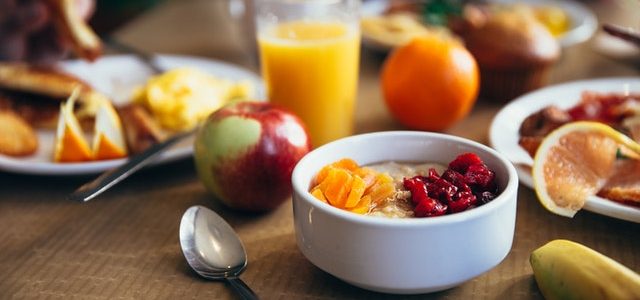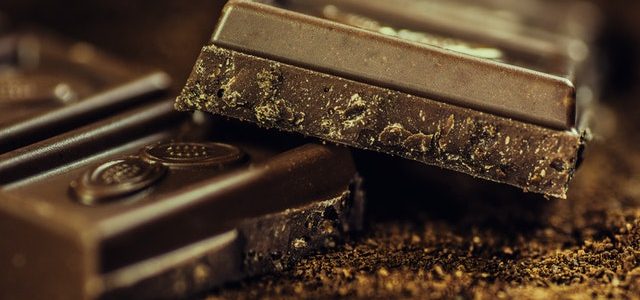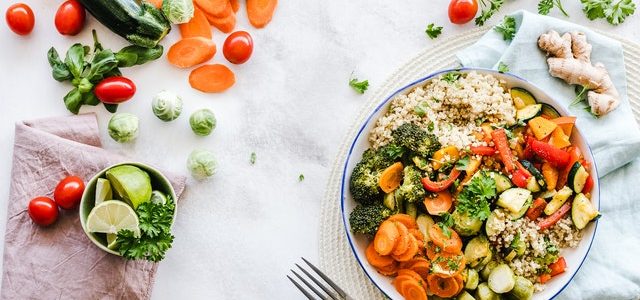Many parents think that it’s okay to give food for therapy or child care to their autistic child. They assume it’s just one of those things that will naturally improve the mood and behavior of the child. That’s definitely NOT the case. You are giving an autistic child food for therapy. Not as delicious as a cheese sandwich, but a nutritious snack that can keep them from becoming dehydrated and hungry.
Autism eating disorder doesn’t have to be a part of normal parenting. Even if your family is perfect, if your children aren’t getting proper nutrition, you are part of the problem. Usually, parents don’t know how to start making changes in their children’s eating habits and routine. They think they can just give their child something to munch on and it won’t happen.
The first step to avoid emotional eating disorders is to pay attention to your toddler’s food intake. Other than looking for signs that they might be hungry, you should also pay attention to the way they act and react to certain foods. If your toddler doesn’t like vegetables, you should avoid them. Children with autism can’t tell the difference between familiar and foreign foods. By teaching them to eat a variety of foods from different food groups, you are teaching them how to develop a sense of flavor and preference.
A second tip to avoid unhealthy foods for your child with autism is to avoid processed, highly refined foods. If you pay attention to the ingredients, there are many healthy ingredients that you can use. Healthy food is one that contains whole grains, fruits, vegetables, meat, and protein. These types of foods are often less expensive and healthier. In addition, by cooking with healthy ingredients, you increase the mother nature healing power inside of the food.
A third way to avoid unhealthy foods is to pay attention to the nutritional value of the foods you are serving your toddler. Although many people believe that natural foods contain no nutrients, this couldn’t be further from the truth. A toddler requires daily nutritional value in order to grow properly and reach maximum potential. By serving healthy foods, you are increasing the mother nature healing power within the food.
One example of foods with nutritional value is fresh vegetables, especially red and green vegetables. Fruits are another type of nutrient rich food that babies and toddlers need daily. Vitamin c is also very important to young children. Lemons contain vitamin c, as do other citrus fruit juices.
One last tip to help you create a healthy food for therapy is to read labels. Many foods that say they are “heart healthy” or that they contain vitamins and minerals aren’t really all that healthy. In fact, some are even harmful to your health. This is why it is so important to read the nutritional value on the label of any product you buy. If it is written on the label, then it is a healthy food.
By following these three tips, you will be able to provide your toddler with nutritious foods that are full of the best mother nature healing power. All toddler foods…no matter what the label says, should contain the vitamins and minerals your baby needs to grow and function properly. By providing healthy foods…you are increasing your babies’ chances for optimal growth and development!
Now, let’s talk about the different vitamins and minerals your little one needs. You will want to have a wide variety of foods. It is important that you include foods such as: calcium, iron, zinc, vitamin c, magnesium, potassium, sodium, phosphorus, selenium, and thiamin. By including foods in your toddler’s diet that contain vitamin c, iron, zinc, vitamin b5, and potassium, you are providing a nutrient that your body needs. These vitamins and minerals are good for your baby’s health. They increase their immune system and help to improve their overall health.
There is one last tip. Healthy eating…whether it is for your baby or for your kids…is always better for everyone involved. When you start your child out eating healthy food early on…they become more likely to continue eating healthy food throughout their lives.
This is just one example of how you can incorporate foods for healing into your own daily life. What if you do not like tomatoes? Start eating plums instead. Just use your imagination and start putting into practice those items in blue text and underlined will have a live link to more information at this time.



